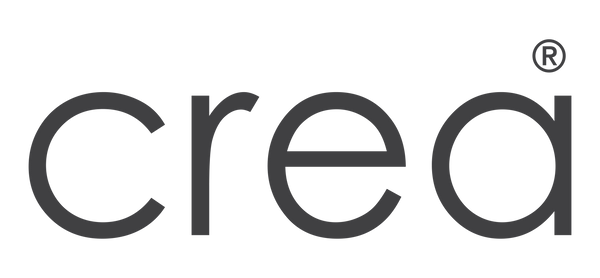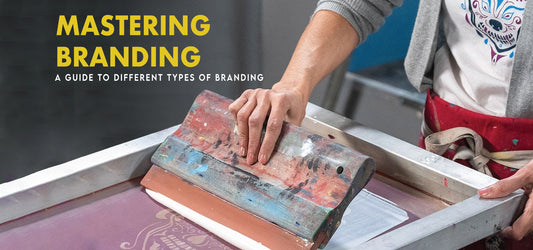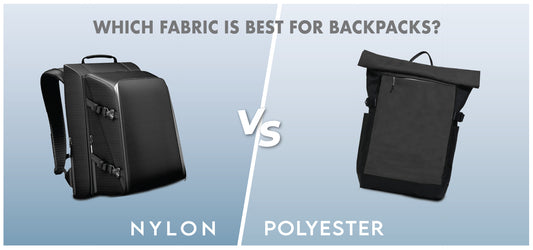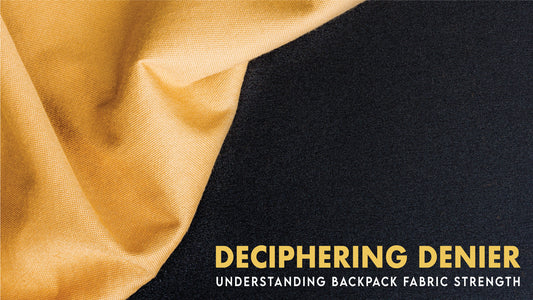MASTERING BRANDING: A GUIDE TO DIFFERENT TYPES OF BRANDING
MAY 06, 2024

1. SCREEN PRINTING
How does it work?
Screen printing involves creating a stencil (or screen) and then using that stencil to apply layers of ink on the printing surface. Each color is applied using a different stencil, resulting in vibrant and durable designs.
Who is it for?
Screen printing is ideal for businesses looking to mass-produce bags and backpacks with the same design. It's also popular for companies wanting to customize promotional merchandise.
Pros: Cost-effective for large quantities, versatile in terms of colors and designs, durable and long-lasting.
Cons: Limited detail and intricacy, not suitable for small orders or complex designs.
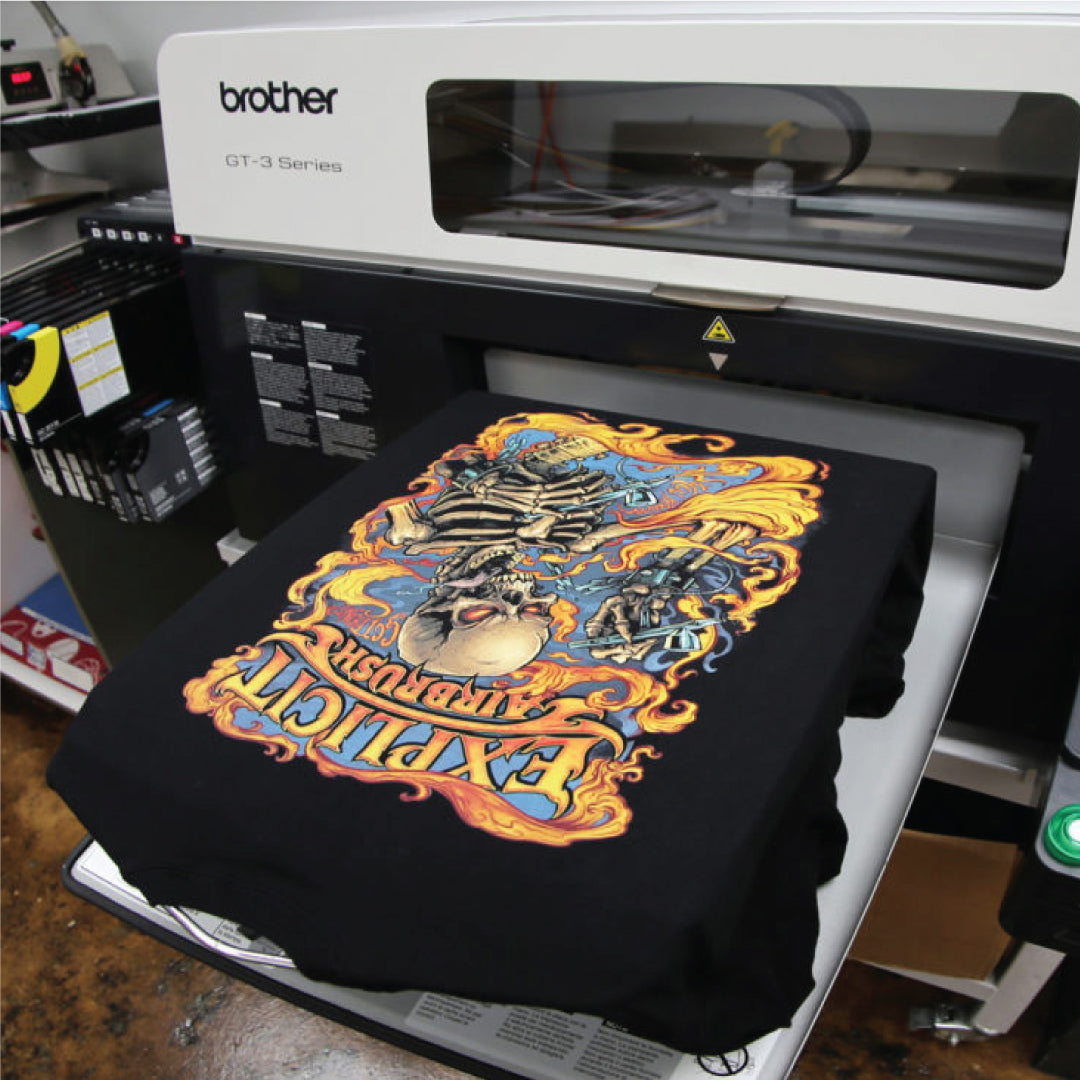
2. DIRECT TO GARMENT (DTG)
How does it work?
DTG printing involves digitally printing designs directly onto bags and backpacks using specialized inkjet printers. This method offers high-quality results with intricate details.
Who is it for?
DTG printing is perfect for businesses or individuals looking to print small quantities or complex designs on bags and backpacks.
Pros: No minimum order quantity, high-quality prints with detailed designs, versatile for various color options.
Cons: Can be costly for bulk orders, may not be as durable as other printing methods.

3. SUBLIMATION
How does it work?
Sublimation printing uses heat to transfer dye onto bags and backpacks, resulting in vibrant and fade-resistant designs. The ink becomes part of the fabric, ensuring long-lasting prints.
Who is it for?
Sublimation is ideal for customizing polyester bags and backpacks with full-color, photo-realistic designs.
Pros: Produces vivid and durable prints, allows for full-color designs, no added texture to the material.
Cons: Limited to polyester materials, requires specialized equipment, higher costs for small orders.

4. HEAT TRANSFER
How does it work?
Heat transfer printing involves transferring designs onto bags and backpacks using heat and pressure. The design is first printed onto a transfer paper and then applied to the material with a heat press.
Who is it for?
Heat transfer is great for small quantity orders or designs with multiple colors and gradients.
Pros: Suitable for intricate designs, easy to personalize, cost-effective for small batches.
Cons: Not as durable as some other printing methods, may crack or peel over time.

5. EMBROIDERY
How does it work?
Embroidery involves stitching designs into bags and backpacks using special machines and threads. This method adds a textured and premium look to the products.
Who is it for?
Embroidery is suitable for businesses or individuals looking for a sophisticated and long-lasting branding option.
Pros: Adds a premium look and feel, durable and long-lasting, versatile for various materials.
Cons: Limited to simpler designs, not suitable for intricate details, can be more expensive.
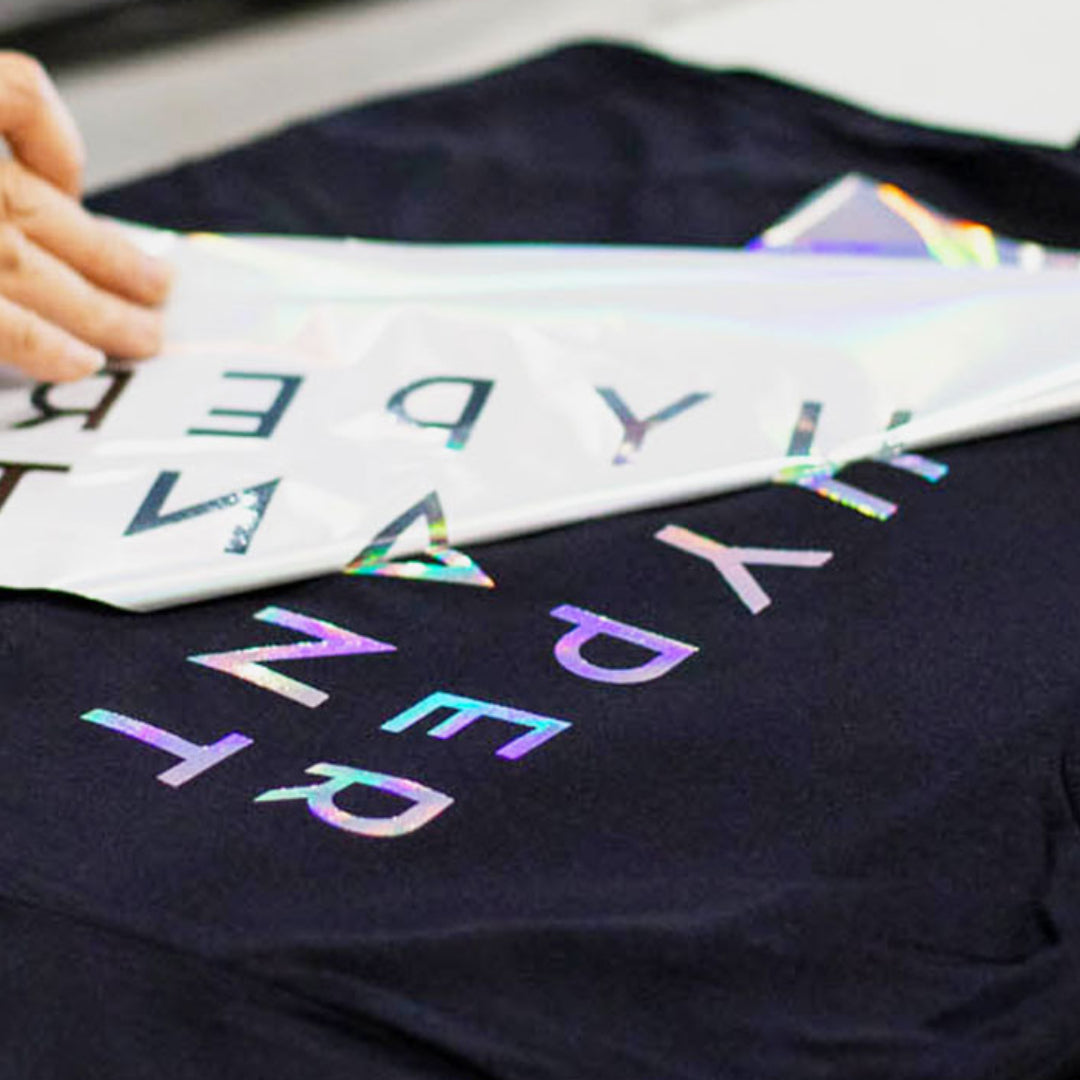
6. FOIL PRINTING
How does it work?
Foil printing adds a metallic or shiny finish to designs on bags and backpacks. The foil is transferred onto the material using heat and pressure.
Who is it for?
Foil printing is great for creating eye-catching and luxurious designs on bags and backpacks.
Pros: Creates a unique and premium look, versatile for various colors and finishes, adds a luxurious touch.
Cons: Limited to certain materials, can be costly for large designs, may not be as durable.

7. EMBOSSING
How it Works
Embossing is a technique that raises designs on bags and backpacks. By applying pressure from underneath, the material is pushed upward, creating a raised pattern or design. This method adds a tactile and visually appealing texture to the surface, enhancing the overall aesthetic of the product.
Who is it for?
Embossing is ideal for companies aiming to infuse their products with a premium and sophisticated feel. It appeals to consumers who appreciate tactile experiences and seek products with visually engaging elements. Whether used for logos, patterns, or text, embossing elevates the branding and adds a distinctive touch to the product.
Pros: Adds a premium and tactile feel, creates a sophisticated look, durable and long-lasting.
Cons: Limited to simpler designs, can be more expensive, not suitable for intricate details.

8. DEBOSSING
How does it work?
Debossing, on the other hand, depresses designs into the material of bags and backpacks. By applying pressure from above, the material is pushed downward, creating an indented pattern or design. This technique results in a subtle yet impactful texture that adds depth and dimension to the surface.
Who is it for?
Debossing caters to companies looking to achieve a refined and understated branding approach. It is favored by brands seeking to create a sophisticated and timeless aesthetic for their products. While less conspicuous than embossing, debossing still imparts a sense of quality and craftsmanship, making it an attractive option for companies aiming to appeal to discerning consumers.
Pros: Adds a premium and tactile feel, creates a sophisticated look, durable and long-lasting.
Cons: Limited to simpler designs, can be more expensive, not suitable for intricate details.
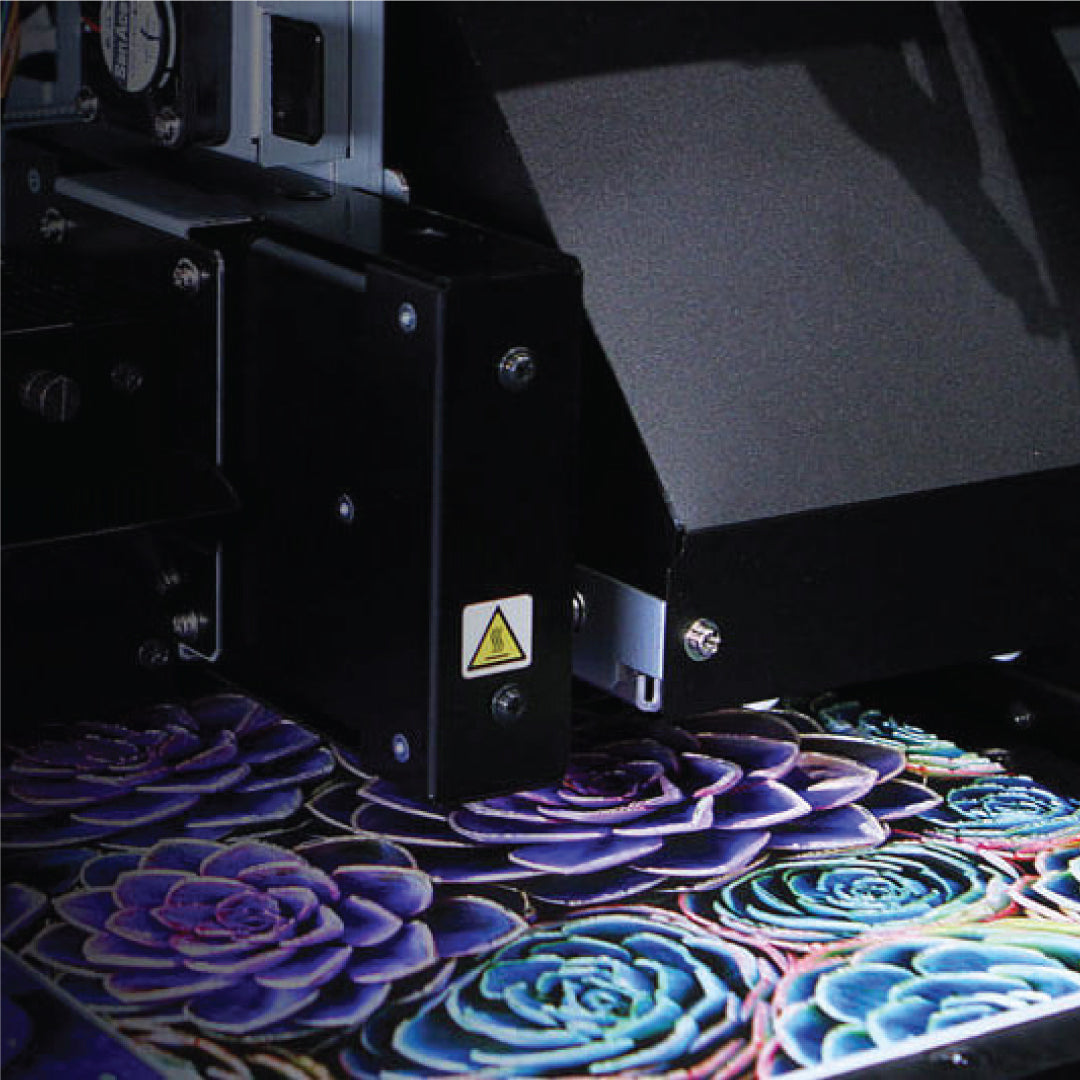
9. UV PRINTING
How does it work?
UV printing uses ultraviolet light to cure inks on bags and backpacks, resulting in vibrant and high-quality prints. This method is fast and eco-friendly.
Who is it for?
UV printing is ideal for businesses looking for fast turnaround times and high-resolution prints.
Pros: Produces sharp and detailed prints, fast production times, eco-friendly process.
Cons: Limited to certain materials, may have higher setup costs, not as versatile as other methods.
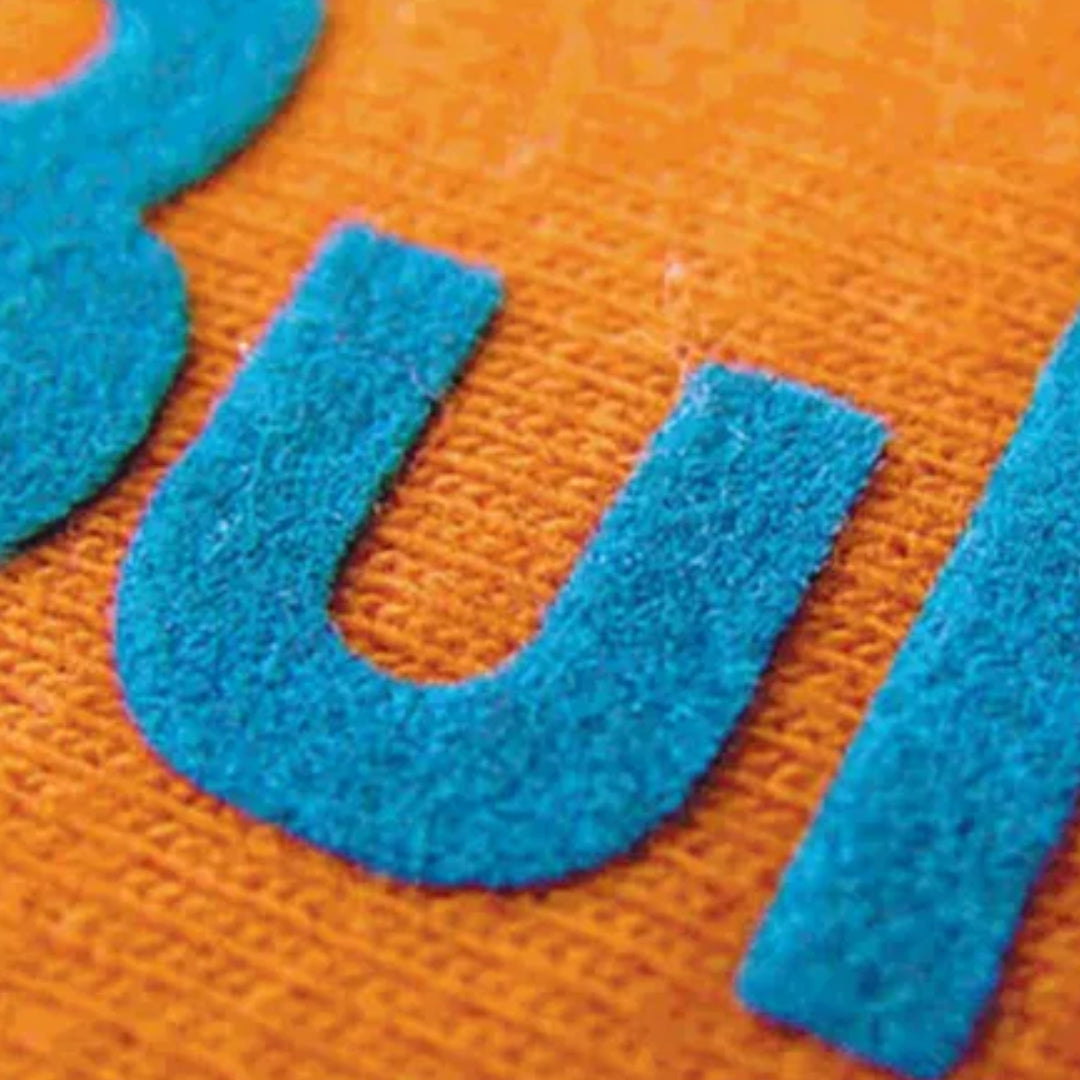
10. Flock Printing
How does it work?
Flock printing adds a velvety texture to designs on bags and backpacks by transferring small fibers onto the material. This method creates a unique and soft finish.
Who is it for?
Flock printing is perfect for creating tactile and eye-catching designs on bags and backpacks.
Pros: Adds a tactile and unique finish, soft to the touch, versatile for various colors.
Cons: Limited to certain materials, can be more costly, may have limitations on design details.
How to Choose the Appropriate Way of Printing
When choosing the right printing method for bags and backpacks, consider factors such as the desired design complexity, quantity of items, budget constraints, and material compatibility. It's essential to balance quality, cost-effectiveness, and longevity when making your decision. If unsure, consult with a printing expert to determine the best option for your specific needs.
Ultimately, the key to successful printing on bags and backpacks lies in understanding the various methods available and selecting the one that best aligns with your preferences and requirements. Whether you opt for screen printing, embroidery, UV printing, or any other technique, the goal is to create personalized, eye-catching, and durable designs on your products.
Remember, the right printing method can enhance the overall look and feel of your bags and backpacks, making them stand out in a crowded market. Choose wisely and watch your branded merchandise make a lasting impression on customers and clients alike.
